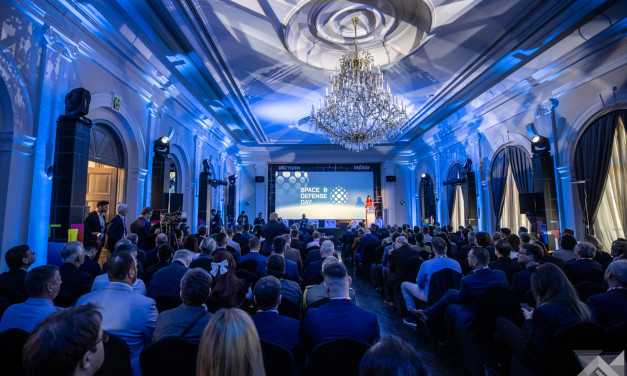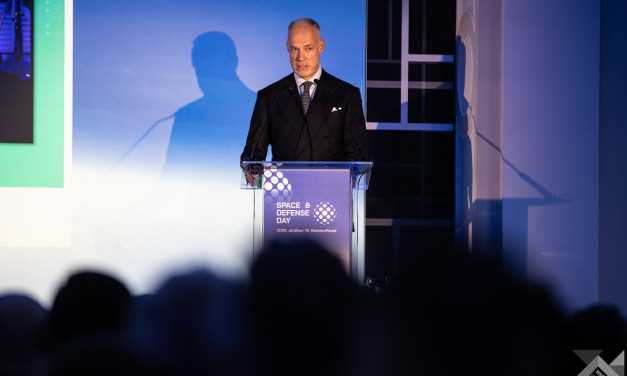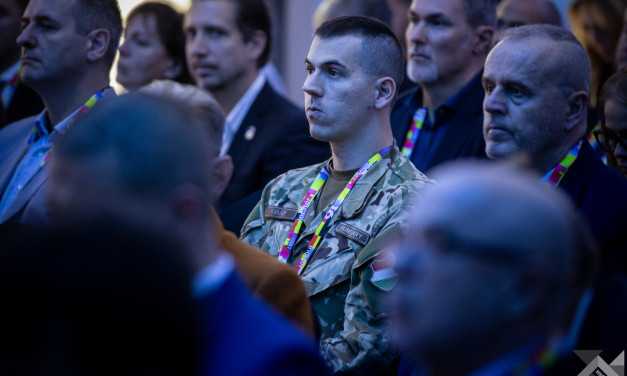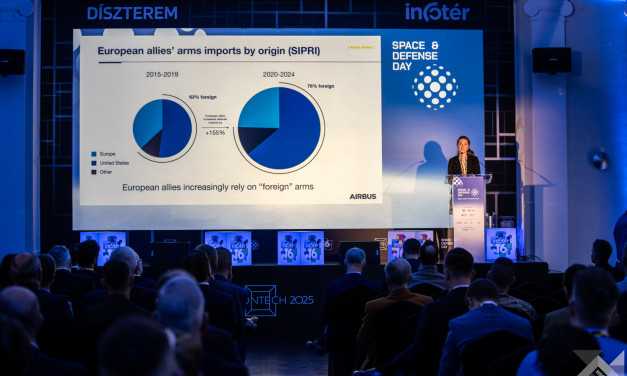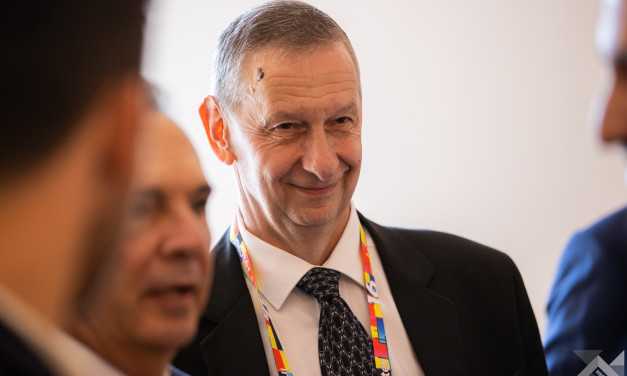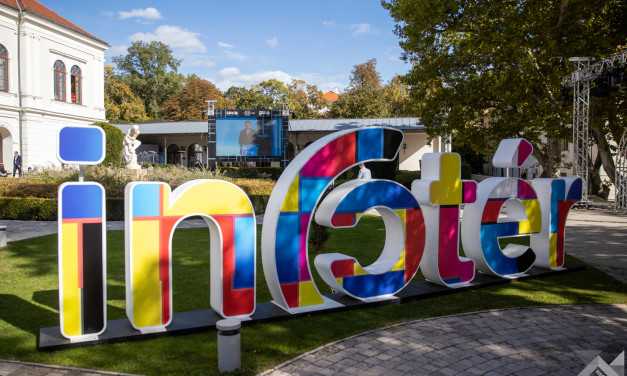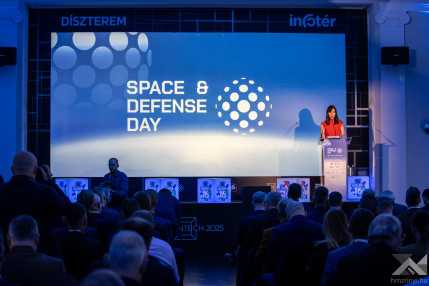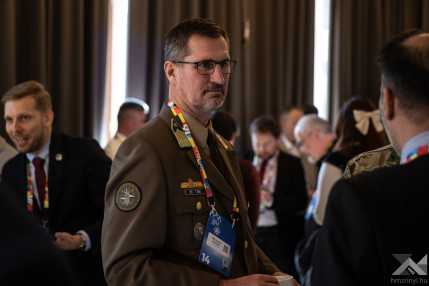Kristóf Szalay-Bobrovniczky: The government’s aim is to establish a highly digitized force
Text: defence.hu/MTI | Photo: Ákos Pintér | 15:01 October 15, 2025The government’s aim is to ensure that Hungary has 21st-century quality, highly digitized armed forces, which take care of humans even more and mobilize technology in the interest of defence – stated Defence Minister Kristóf Szalay-Bobrovniczky at the designated event Space & Defense Day of Infotér Conference in Balatonfüred.
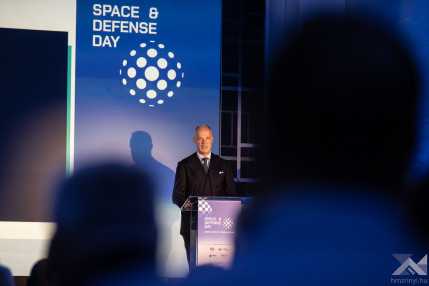
Kristóf Szalay-Bobrovniczky said that the technological shock that turned the private lives of all of us upside down within a few years has arrived in the Hungarian Defence Forces, too.
He added that radical changes have started in the Hungarian military, which already draws on digitalization and sees an opportunity in it.
In his lecture, the minister of defence said that each war has its own nature: the character of the Russo-Ukrainian War consists in the fact that almost nothing happens invisibly on the front lines, partly due to drones and other sensors.
He pointed out that this transparency has significantly transformed the nature of warfare as well, and the Hungarian Defence Forces must adapt to this situation by launching deep-going processes within themselves.
The minister underscored that the HDF traditionally operate with an “iron-based” logic, so they have to reach the point where they can be considered a data-centered, digitized system.
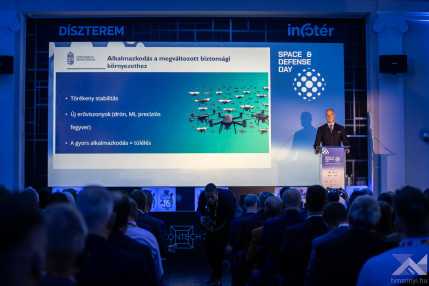
The appearance of digital soldiers means that the soldiers’ personal equipment contains digital data generators which make them data providers themselves, and all these items are linked to their vehicles and other equipment at the command post. As he explained, these data are built on each other like a pyramid.
Kristóf Szalay-Bobrovniczky also called it important to take care of data security, as the HDF process a lot of highly protected national and NATO data. Achieving this goal also requires the state administration to join the process – he added, mentioning that this had also been tested during this year’s Exercise Adaptive Hussars.
In his lecture, the minister of defence outlined those fields where the new technology has already entered. Speaking about the emergence of virtualization, he cited some examples of simulation capabilities established for artillerymen and tankers in Tata, for Gripen pilots in Kecskemét and for the operators of Lynx infantry fighting vehicles in Hódmezővásárhely, also noting that there is a NATO-framed cargo aircraft simulation system available in Pápa.
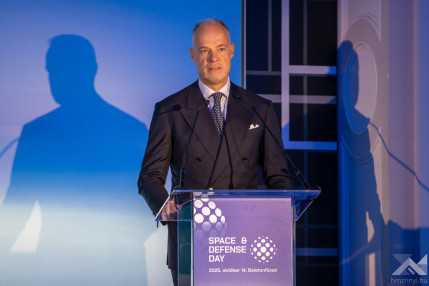
Besides, during basic training, soldiers now can practice certain tactical elements with the help of VR headsets – he said.
Speaking about cyber security and the connection between data and national sovereignty, Kristóf Szalay-Bobrovniczky emphasized that taking care of our data is a security condition of high significance.
The minister closed his lecture by speaking about space industry, illustrating its significance by citing the fact that the channeling of information received from satellites is already a daily task even in the Russo-Ukrainian War.

In his words of welcome delivered before the ministerial speech, Albert Bíró, Secretary General, Information & Technology for Society Association highlighted the huge opportunities in defence industry, which we must utilize because those not doing so will be left behind and left out.
The situation is similar in space industry, too, which is making spectacular progress, and if we are not careful, Europe can easily end up with the same outcome as it did in the technology sector, where, apart from few firms, European companies “cannot even get off the ground” – he said.

